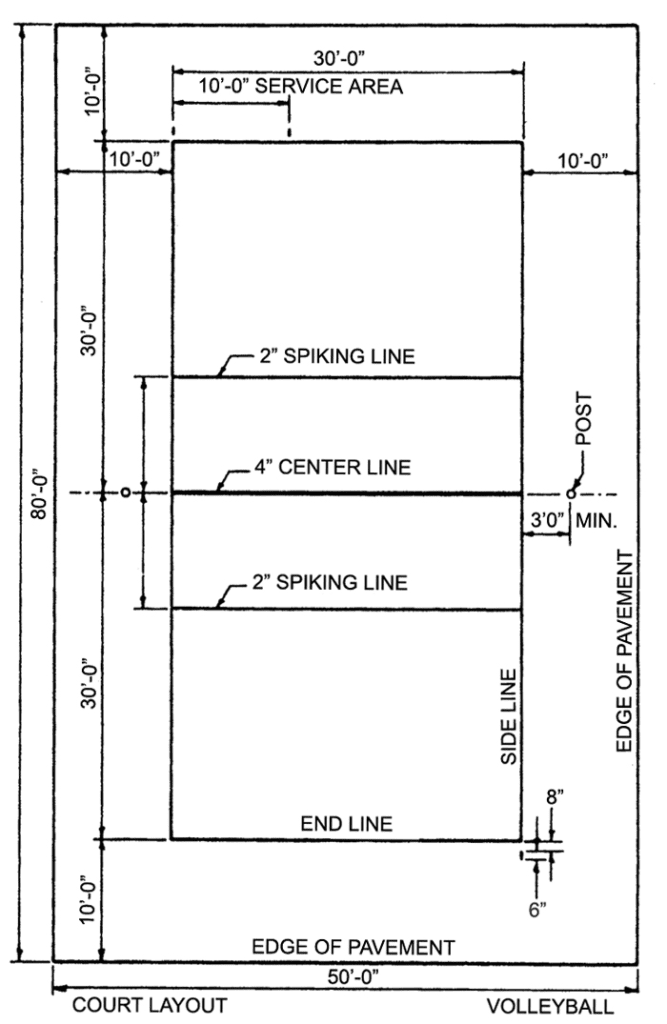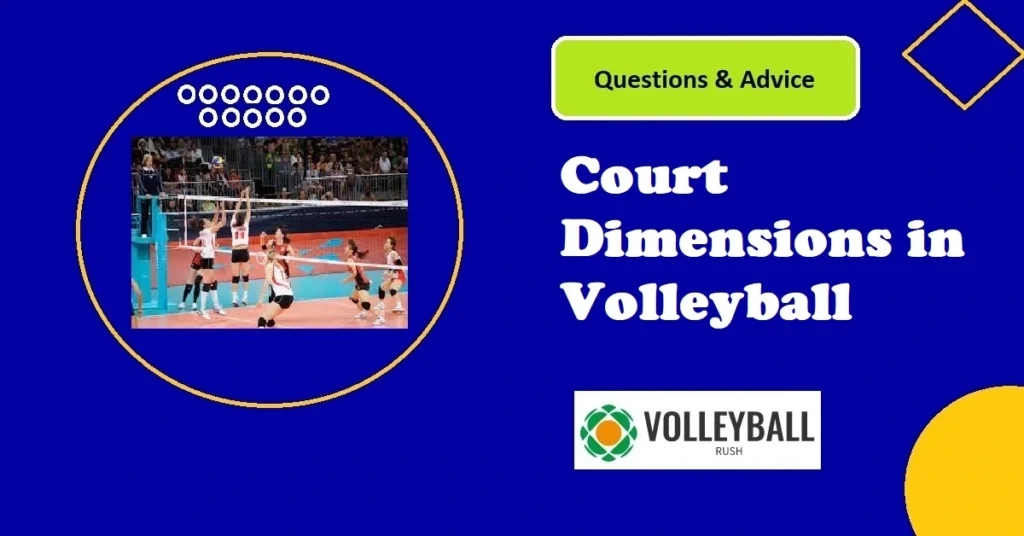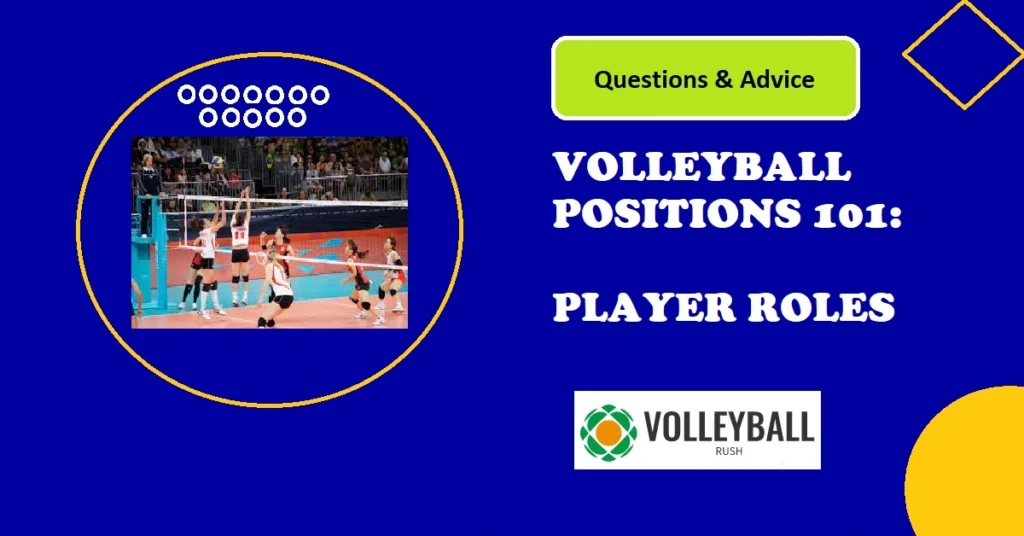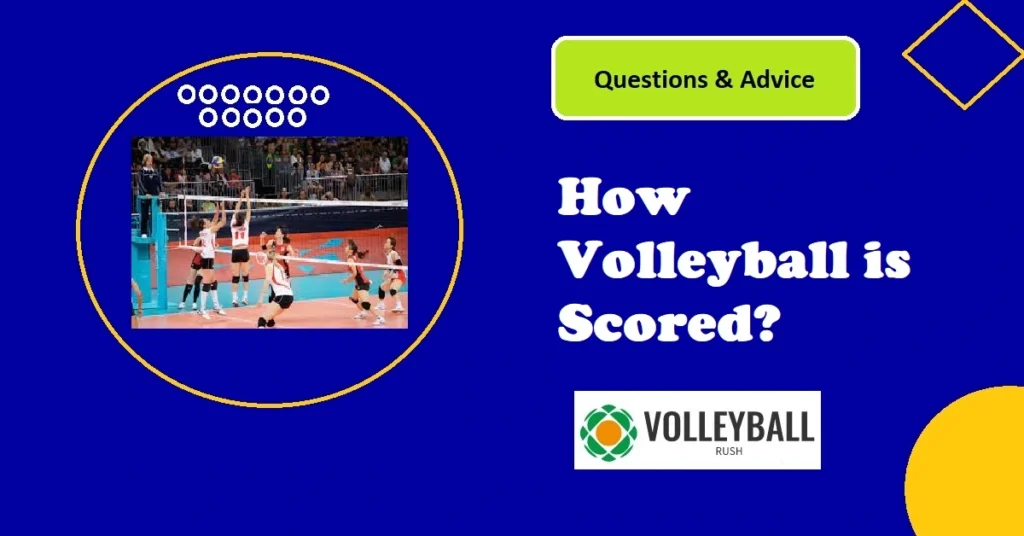If you are a volleyball enthusiast, you might be curious about the court dimensions in volleyball. How big is a volleyball court? How high is the net? What are the different zones and lines on the court? What is the volleyball court length in feet? In this blog post, we will answer these questions and more, based on the official rules and regulations of the sport.
According to the National Federation of State High School Asociation (NFHS), a high school volleyball court size is 60 feet (18.29 meters) long by 30 feet (9.14 meters) wide. The official dimensions for indoor volleyball courts are 59 feet (18 meters) long by 29.5 feet (9 meters) wide according to NCCA, FIVB & USAVB (USA Volleyball). As per FIVB guidelines and volleyball rules, a volleyball court is 18m (59ft) long and 9m (29.5ft) wide. The top of the volleyball net is 2.43m (7.97ft) tall net for men’s and 2.24m (7.35ft) tall for women’s competition.

Volleyball is a game played by two teams of six players each, who try to score points by hitting a ball over a net and making it land on the opponent’s side of the court. The court is divided into two halves by a center line and a net. The net height varies depending on the level and category of play. For men’s international competitions, the net height is 2.43 meters (7 feet 11 5/8 inches), while for women’s international competitions, it is 2.24 meters (7 feet 4 1/8 inches). For other levels of play, such as junior, high school, or recreational, the net height may be lower.
The court dimensions in volleyball are standardized by the International Volleyball Federation (FIVB), which is the governing body of the sport. According to the FIVB rules, the court measures 18 meters (59 feet) long and 9 meters (29 feet 6 inches) wide. The court is marked by boundary lines, which are part of the playing area. The boundary lines include two sidelines along the length of the court and two end lines along the width of the court.
The court is also divided into several zones and areas by other lines. These include:
The attack line:
This line runs parallel to the center line and is 3 meters (9 feet 10 inches) away from it on both sides of the court. The attack line separates the front zone from the back zone. The front zone is where players can perform an attack hit (a hit that sends the ball over or near the net) from above the top of the net. The back zone is where players can only perform an attack hit from below or at the same level as the top of the net.
The service zone:
This zone is located behind each end line and extends to the end of the free zone. The service zone is where players can serve (hit) the ball to start a rally. The service zone is 9 meters (29 feet 6 inches) wide and has no depth limit.
The free zone:
This zone surrounds the court and is at least 3 meters (9 feet 10 inches) wide on all sides. The free zone is where players can move and play the ball after it has crossed the plane of the net or has been served.
The substitution zone:
This zone is located in front of each team’s bench, between the attack line and the sideline. The substitution zone is where players can enter or leave the court during a substitution.
The warm-up area:
This area is located behind each team’s bench, between the end line and the free zone limit. The warm-up area is where players can warm up before or during a match.
Knowing the court dimensions in volleyball can help you understand and appreciate the game better. It can also help you improve your skills and strategies as a player or a coach. Whether you are playing indoors or outdoors, on sand or on a hard surface, volleyball is a fun and exciting sport that requires agility, coordination, teamwork, and spirit.
Read our knowledge resources to learn everything about the volleyball game:



